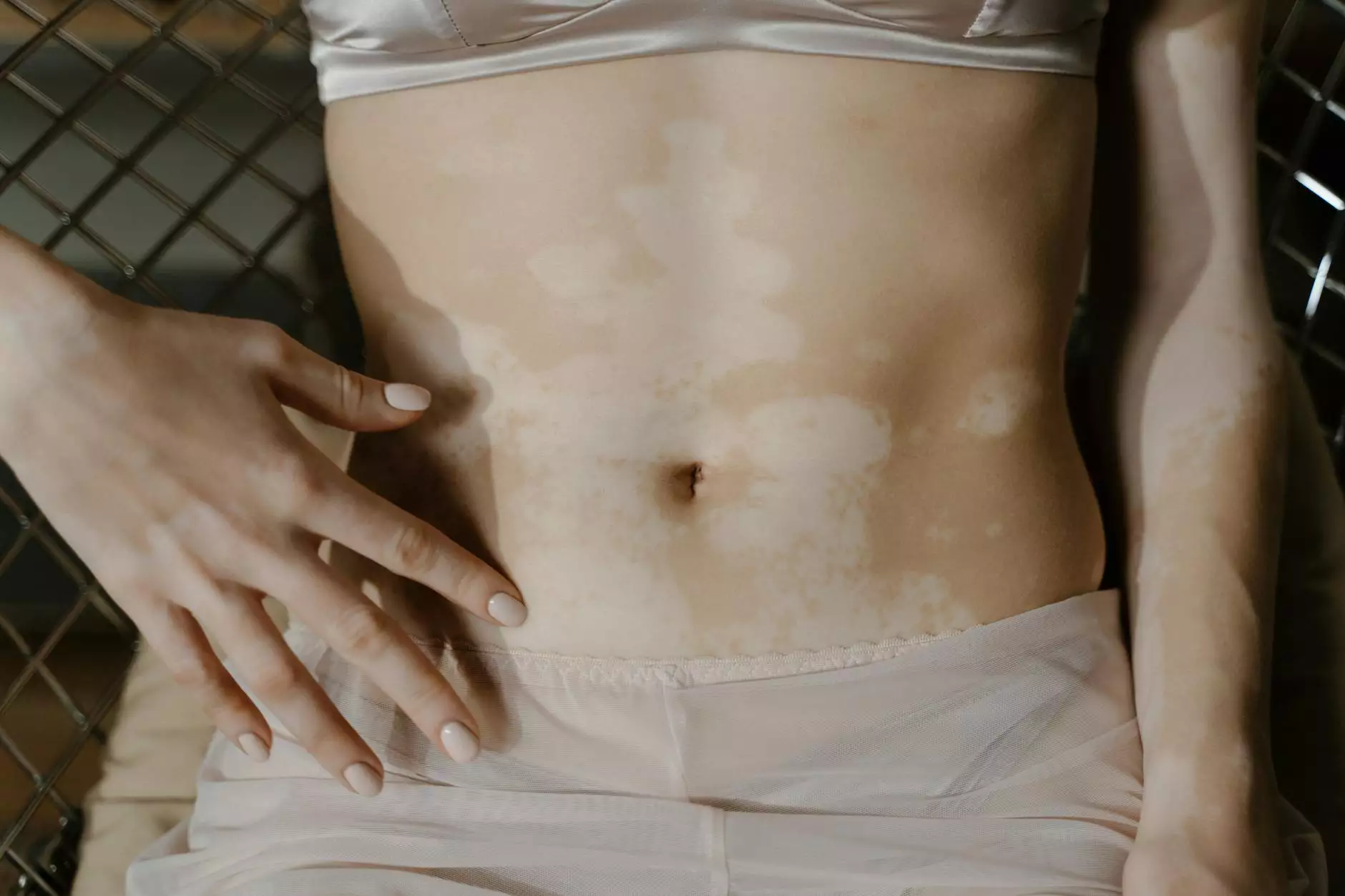Understanding Leg Discolorations: Causes, Treatments, and Prevention

Leg discolorations can be a common yet concerning issue for many individuals, affecting not only aesthetic aspects but also indicating underlying health conditions. In this comprehensive article, we will delve into the various causes of leg discolorations, explore effective treatment options, and discuss preventive measures. This knowledge is crucial for those seeking to maintain their health and well-being.
What Are Leg Discolorations?
Leg discolorations refer to any changes in the natural color of the skin on the legs. This condition may manifest as red, brown, purple, or even white patches. Such changes can arise from numerous factors including vascular issues, skin disorders, and even systemic diseases. Understanding the context of these discolorations is essential for seeking appropriate medical intervention.
Common Causes of Leg Discolorations
Various factors can contribute to the appearance of leg discolorations. It is important to be aware of these factors to facilitate timely diagnosis and treatment:
- Vascular Problems: Conditions such as chronic venous insufficiency can lead to pooling of blood in the legs, resulting in discoloration.
- Skin Disorders: Conditions like eczema, psoriasis, or dermatitis can cause localized discolorations.
- Infections: Certain infections, such as cellulitis, can result in redness and swelling of the legs.
- Moles and Birthmarks: Changes in the pigmentation of existing moles or the appearance of new birthmarks can also be a factor.
- Systemic Diseases: Blood disorders, liver disease, or certain autoimmune conditions may manifest through leg discolorations.
Specific Types of Leg Discolorations
Understanding the specific types of leg discolorations can aid in identifying potential health issues:
1. Brown Discolorations
Brown discoloration often indicates increased melanin production or can be a sign of venous stasis. The buildup of iron in the skin due to blood breakdown may also result in hemosiderin staining, typically seen in patients with varicose veins.
2. Red Discolorations
Red discolorations may indicate inflammation, infection, or vascular issues. Commonly associated with conditions such as thrombophlebitis or cellulitis, red patches on the legs should prompt immediate medical evaluation.
3. Purple Discolorations
Purple discolorations can signal serious conditions such as bruising, peripheral artery disease, or even deep vein thrombosis (DVT). This type of discoloration often requires urgent medical consultation.
4. White Discolorations
White patches on the legs can be due to conditions like vitiligo, where the skin loses its pigment, or dermatitis, which might lead to hypopigmentation. It is vital to consult a healthcare professional for proper assessment.
Diagnosis of Leg Discolorations
Proper diagnosis of leg discolorations involves a thorough evaluation by a healthcare professional. Here is a typical approach:
- Medical History Review: Patients are typically asked about their medical history, including any related symptoms or conditions.
- Physical Examination: A detailed skin examination helps in identifying the characteristics of the discoloration.
- Diagnostic Tests: Blood tests, Doppler ultrasound, or skin biopsies may be recommended to identify underlying causes.
Treatment Options for Leg Discolorations
Once the cause of leg discolorations is identified, the appropriate treatment can be initiated:
1. Medication
Depending on the underlying cause, treatments may include:
- Topical Treatments: Steroid creams for inflammatory skin conditions.
- Antibiotics: Prescribed for bacterial infections.
- Anticoagulants: Used in the management of blood clots.
2. Lifestyle Changes
Incorporating healthy lifestyle changes can aid in managing some conditions:
- Regular Exercise: Helps improve circulation and prevent vascular issues.
- Diet Management: Consuming a balanced diet rich in antioxidants can help maintain skin health.
- Compression Therapy: Wearing compression stockings can alleviate symptoms of venous insufficiency.
3. Surgical Interventions
In severe cases where discoloration is due to vascular issues, surgical options such as vein stripping or endovenous laser treatment may be warranted.
Home Remedies and Preventive Measures
While medical intervention is crucial for treating leg discolorations, several home remedies and preventive strategies can support skin health:
- Hydration: Maintaining adequate hydration supports skin elasticity and health.
- Regular Skin Care: Moisturizing and using sunscreen can prevent skin damage and discoloration.
- Avoiding Prolonged Sitting or Standing: Taking breaks to walk around can enhance circulation and reduce discoloration risks.
When to See a Doctor
While not all leg discolorations indicate a serious health concern, some signs warrant immediate medical attention:
- Sudden onset of discoloration, especially if accompanied by pain or swelling.
- Persistent discoloration that does not improve with home care.
- Changes in the size, shape, or color of a mole or birthmark.
Conclusion
Understanding leg discolorations is essential for maintaining personal health and wellbeing. Timely recognition, appropriate diagnosis, and treatment can vastly improve outcomes for individuals experiencing these changes. Remember, the *trufflesveinspecialists.com* team is here to help with any vascular concerns you may have, ensuring that you receive the best care possible for your unique situation. Always consult a healthcare professional if you have any concerns regarding changes in your leg coloration.









